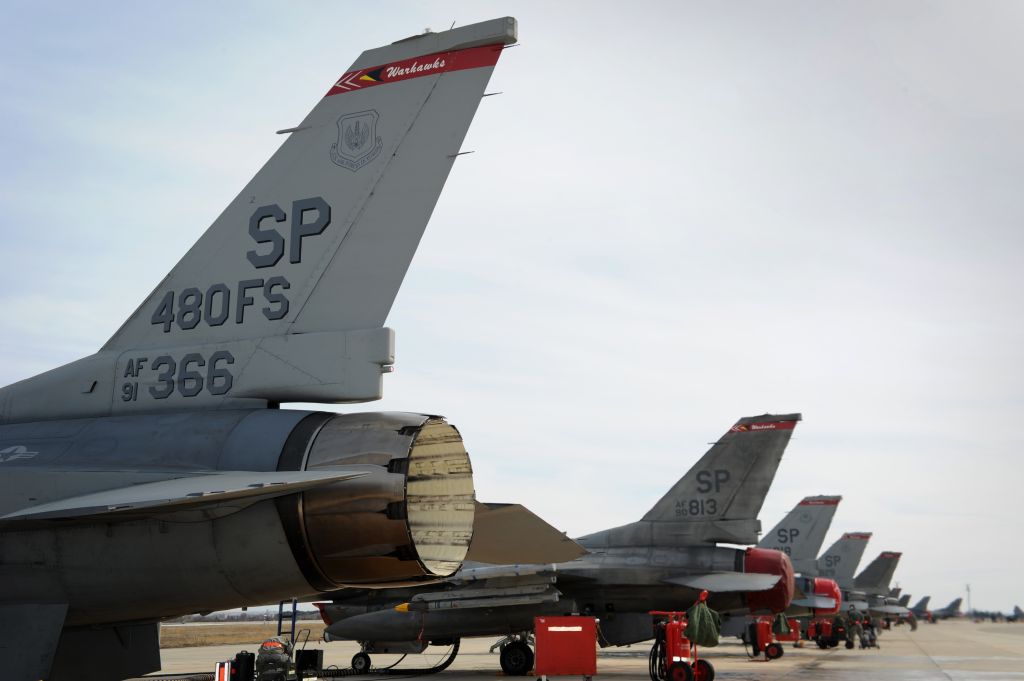The Turkish and U.S. air forces continue to successfully integrate their capabilities during Anatolian Falcon 2012 here March 6.
The first four missions of the two-week exercise are through, and the two NATO allies are learning to better communicate with each other and combine their strengths.
“I didn’t really know what to expect,” said 480th Fighter Squadron pilot Capt. John Mann, who had never flown with the Turkish air force until March 5. “The Turks are really good pilots, and everything synched up once we started flying.”
Mission planners from both nations work extensively together to create the training scenarios and objectives, Mann said. The planners choose the complexity of the missions and design the mission objectives in a way to mitigate risks while testing capabilities.
“It’s very structured,” he said of the airspace rules of engagement. “Everything is well planned and executed as designed. We’re definitely not trying to fit a square peg into a round hole.”
Well-executed exercises — like AF12 — yield far-reaching benefits and further hone combat skills, said U.S. Air Force Maj. Michael Clapper, a 480th FS pilot.
“This training forces us to integrate with different aircraft from another country on unfamiliar terrain, which is what you would probably see in combat anyway,” Clapper said. “As our strengths continue to grow, so should the scale and complexity of each scenario.”
One of the benefits of the U.S. Air Force training with the Turkish air force is the ability to conduct large-force employments, Mann said. A large-force employment involves a higher and more realistic number of participating aircraft per mission.
For example, there are a finite number of F-16 Fighting Falcon aircraft at the 480th FS’s homestation of Spangdahlem Air Base, Germany. The pilots must use available resources when they conduct training. However, the U.S. pilots can test different skill sets when they combine the aircraft fleet with their Turkish counterparts.
“There are a lot of similarities in our tactics and the general idea of how we operate,” Mann said. “But with large-force employments, we have to use different techniques, coordination efforts or other frequencies. You have to have discipline to communicate effectively — there were 20 jets in the air yesterday.”
Clapper said these large-scale missions allow the two countries to practice executing operations together successfully.
The bilateral training exercise continues until March 15 with nearly 400 sorties planned.











